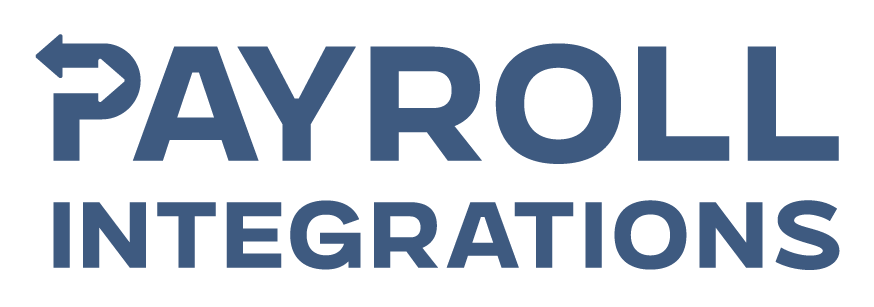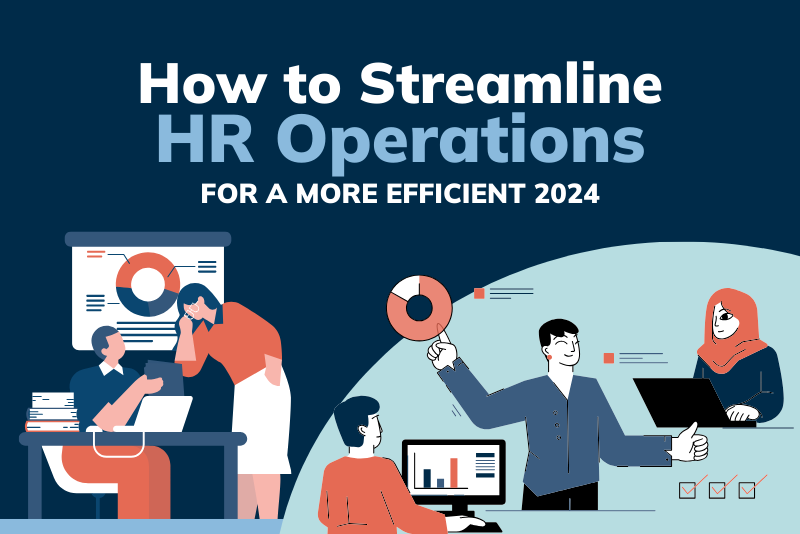Today’s hyper-competitive business world demands efficiency gains to overcome systemic pressures to the bottom line. Excelling competitors keep operations fast-paced, accurate, data-driven and engaging for customers.
To do this, they are leveraging innovations such as digital onboarding solutions, HR automation tools, HR management systems (HRMS) and HR payroll integration solutions to name but a few.
In other words, organizations today seeking to provide a better employee experience while reducing costs on their backend (and minimizing costly errors) are looking to make greater and greater investments into streamlining their HR operations.
While this story has become common in industries where turnover rates are above average, it applies to all parts of the business world as well as public and non-profit organizations.
That’s due to the ongoing effects of an inflationary economy and the global labor shortage; when faced with less yet tasked to do more, efficiency (read: smarter processes, HR software integration and HR automation tools) becomes a key way forward.
By working now to better streamline HR operations, organizations can enjoy statistically relevant, measurable improvements to employee productivity, satisfaction and overall performance at a time when the margins that define success and failure only seem to be narrowing.
Even HR teams that may already think themselves highly efficient may want to consider the opportunities afforded by recent tech to create even greater efficiencies, particularly given that 80% of key payroll and benefits data is still manually transmitted.
However, to understand where those improvements can best be made, it is best to first examine what the challenges today’s HR professionals face and why they cause problems management teams increasingly can’t afford to have.
Understanding the Current HR Experience’s Challenges
Even in cases where HR teams have access to software and tools made to improve their workflows, the solutions of yesteryear often leave much to be desired in terms of their speed, usability (e.g., outdated UX design) and flexibility.
This is particularly so when it comes to systems integration, a hot topic in a business world focused on unifying data silos to create more efficient data pipelines for growing AI technologies.

Indeed, it is beyond the scope of this piece to properly survey all of the significant challenges today’s HR teams might face simply due to how numerous those challenges are. In brief, a rapidly changing business environment tasks HR teams with staying on the cutting edge for a remarkably wide range of tasks.
For example, HR professionals today must keep up with the latest DEI standards, engage in sensitivity training for any employees who might need attention for disabilities or experience trauma in the workplace, know legal compliance processes back to front, and regularly participate in ongoing process training, learning and development.
All of that work is meant to ensure that HR teams—whose job it is to know everything related to the employee experience and administration—are in top shape.
Yet, when an organization understands its team’s challenges intimately, identifying the right solutions is right around the corner. For many organizations, what that means is smart automation that enhances the employee experience (rather than simply replace labor) and digital transformation processes aimed at an organization’s most important goals.
Key Strategies to Streamline HR Operations for Happier Employees
Diving more deeply into a few of the key issues helps to better elucidate the right strategies. For example, HR teams mired in compliance and legal issues without the right tools to help them automate the most tedious—and error-prone—parts of their compliance workflows are going to struggle to ensure that they understand what proper regulatory compliance procedures are in the first place.
This is especially important in an age where e-commerce and multi-state tax codes have become so complex. On top of that, all compliance work must be conducted per data privacy standards that are only becoming more stringent.
Another top concern is employee turnover. Turnover is a complex organizational problem with linkages to nearly every part of day-to-day operations, to say nothing of the vast range of factors largely outside almost any single organization’s control (such as the cost of living and shifting cultural norms).
When employee turnover is high at an organization, the struggle to locate, successfully negotiate with, and train new employees can be overwhelming for teams that are already tapped.
In both of these cases, the administrative burden can increase dramatically. In response, a key strategy is to automate administrative tasks wherever it is most efficient.
This helps to not only make existing employees less stressed, but better able to focus on the more ‘human’ elements of their job, such as meaningful interactions with employees (which in turn helps to reduce those nasty turnovers). Reducing manual work also reduces opportunities for human error in critical functions such as compliance.
Another key way to reduce administrative burden is to centralize employee data, especially for essential functions like benefits management, retirement planning and tax-advantaged accounts such as FSAs.
Like the aforementioned unified data silo efforts that have become a key focus in the retail world, centralized employee data allows for more efficient and singularly accessible means of information gathering from otherwise disparate sources.
Specific to HR, an HR management system (HRMS) helps not only keep all of an HR team’s employee ducks in a row but better ensure privacy standards are met by automating critical tasks.
Centralized data ties in heavily with today’s drive to leverage advanced data analytics tools.
These allow HR teams to make decisions informed by real employee data rather than just gut instinct, all while tracking key metrics for performance (e.g., turnover rates, satisfaction scores, and productivity ratings) while providing predictive analytics that can help teams see the next roadblock before running into it.
The Role of Payroll Integrations in Streamlining HR
For any HR manager, all of this may sound well and good enough. Yet, the practical question of implementation—both in terms of what service to choose and what partner to help guide teams—can be difficult to answer.
The first step is identifying the challenges and their potential solutions, as done above. Next is understanding the right method to begin addressing those challenges; for organizations wishing to stay competitive in 2024 and beyond, that means payroll integrations aimed at streamlining HR.
Modern payroll integration refers to how any organization can leverage digital tools such as software or APIs to automate requisite data exchanges across all key systems that govern payroll administration.
With payroll integrations, organizations can make the lives of their HR staff easier in such a way as to transform how they relate to their work and, indeed, the workplace as a whole.
Even better, with modern API-based payroll integrations, integration with an organization’s existing systems and workflow can be achieved ‘universally,’ a far cry from previous generations which were inflexible, difficult to learn, and ultimately counterproductive to overall organizational productivity.
Ultimately, the (e.g.) reduced errors and greater compliance save employee time, which in simple terms, saves money.
Of course, no matter how good the software is, there are better and worse ways to go about implementing any new solution to an organization’s workflow.
That’s why partnering with the right third-party consultants and vendors can help busy executives “take it off their plate” and guide organizations from planning to testing (essential to any proper implementation process) and even training for HR staff to ensure not just proper usage, but secure usage at a time when cybersecurity threats are at record highs.
No matter who an organization chooses to partner with or what solution is chosen, the key takeaway remains the same: technologies exist today to digitally transform organizations in ways that are unprecedented.
To ensure an organization is not only competitive but desirable to the best talent out there (particularly in fields such as high-level IT management), taking the ‘busy’ out of work with smart API-based HR software integrations is a no-brainer.

